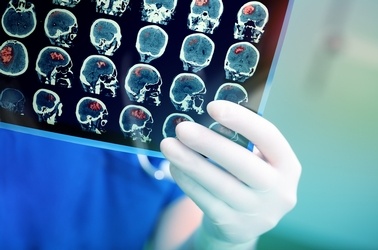Suffering a stroke is a frightening possibility. It can come out of nowhere and result in severe health complications or even death. Considering this and the fact that nearly 800,000 people per year are impacted by strokes, the importance of being prepared is obvious. With the ability to spot the warning signs of a stroke comes the ability to act earlier and seek out what could potentially be life-saving treatment.
The Most Common Stroke Symptoms
When you think of a stroke you likely think of a few classic or hallmark symptoms. Of course, signs of a stroke may manifest themselves in different ways, but these few are so common that an acronym has been developed to help patients remember them – FAST:
F – Face Drooping
A – Arm Weakness
S – Speech Difficulty
T – Time to call 911
When the first three symptoms are present, the individual may be suffering a stroke and immediate emergency care should be sought.
Additional Stroke Symptoms
While it is important to be well aware of the most common signs of a stroke, patients should also know the many other physical changes that may occur. The following are a few symptoms that stroke sufferers have also noted:
- Weakness or paralysis in part of the body (not just the arm)
- A sensation of “pins and needles”
- Blurred vision
- Dizziness or loss of balance
- Severe headache
- Confusion
- Difficulty swallowing
If you or a loved one are experiencing any of the above symptoms, it is important to seek emergency care as quickly as possible. Call 911 or go to your nearest emergency room. For those who have already experienced a stroke, the next important step becomes rehabilitation. To learn more about this process, click the button below.





